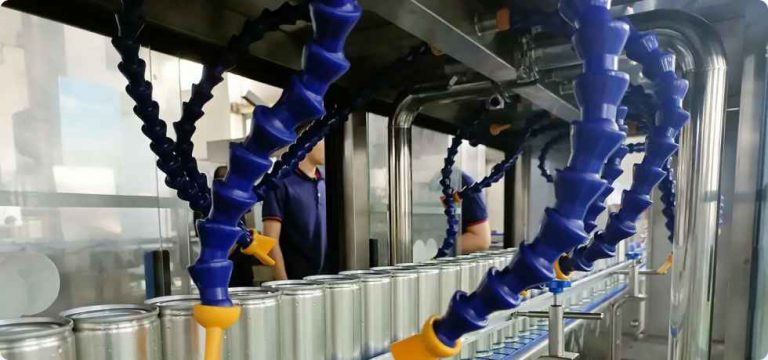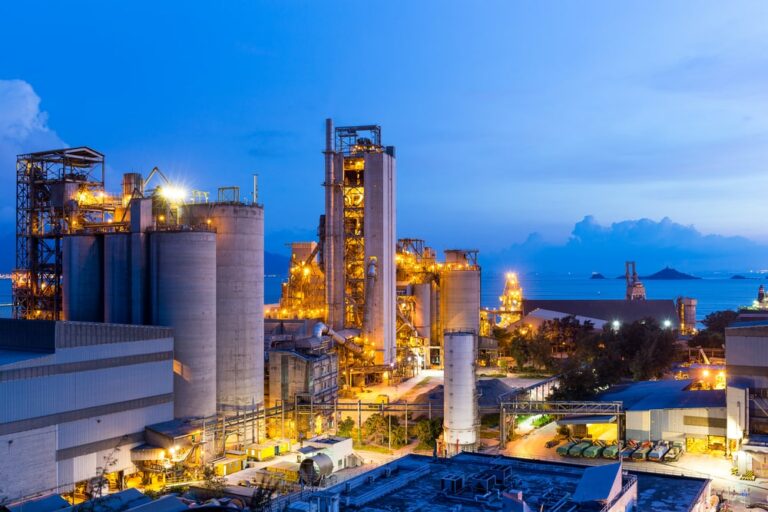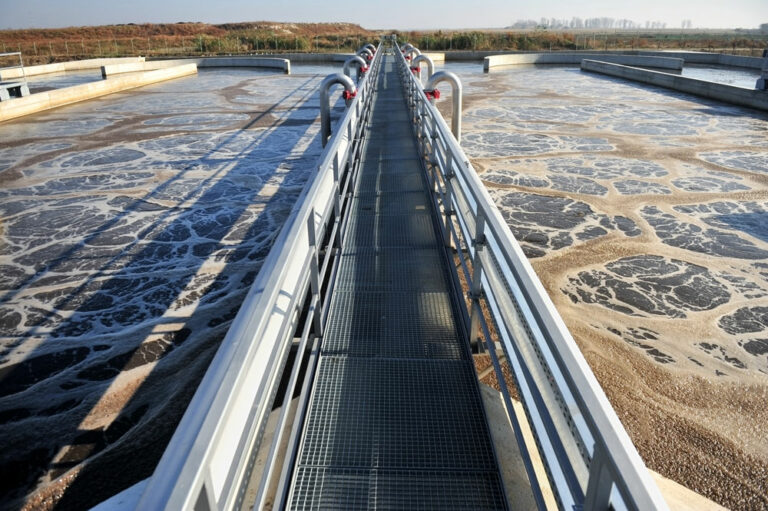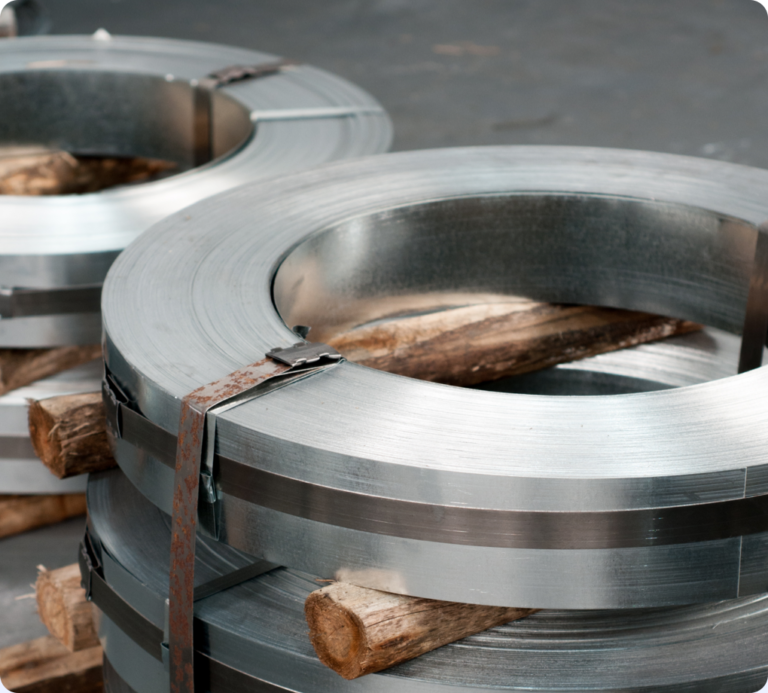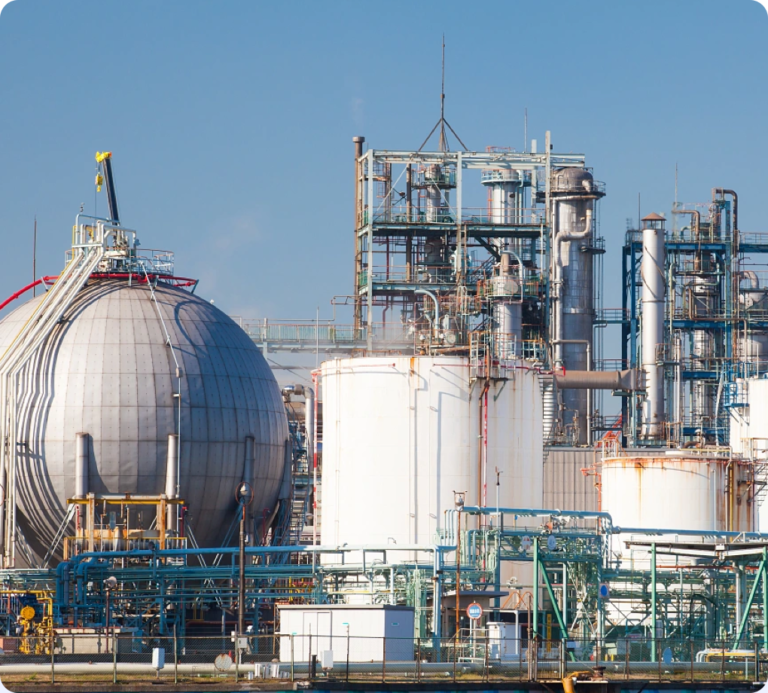RAETTS is a national high-tech enterprise integrating R&D, production and sales of professional blowers. RAETTS is a leading and benchmarking enterprise in the domestic medium pressure blower industry. RAETTS has the most advanced blower laboratory in the industry, and has jointly established a blower scientific research center with well-known domestic scientific research institutions. Our products are very popular in Macedonia,Hungary,Juan de Nova Island,Kenya,Russia, America and Japan. have gained great credit from our customers.RAETTS blower is widely used in textile printing
Innovation has never stopped, technology is the king. After more than ten years of innovation and development, RAETTS has broken through the international technology monopoly and created a mature air bearing blower and maglev turbo blower dual production lines firstly in the industry, pioneered the portable and the miniature type air bearing blower.
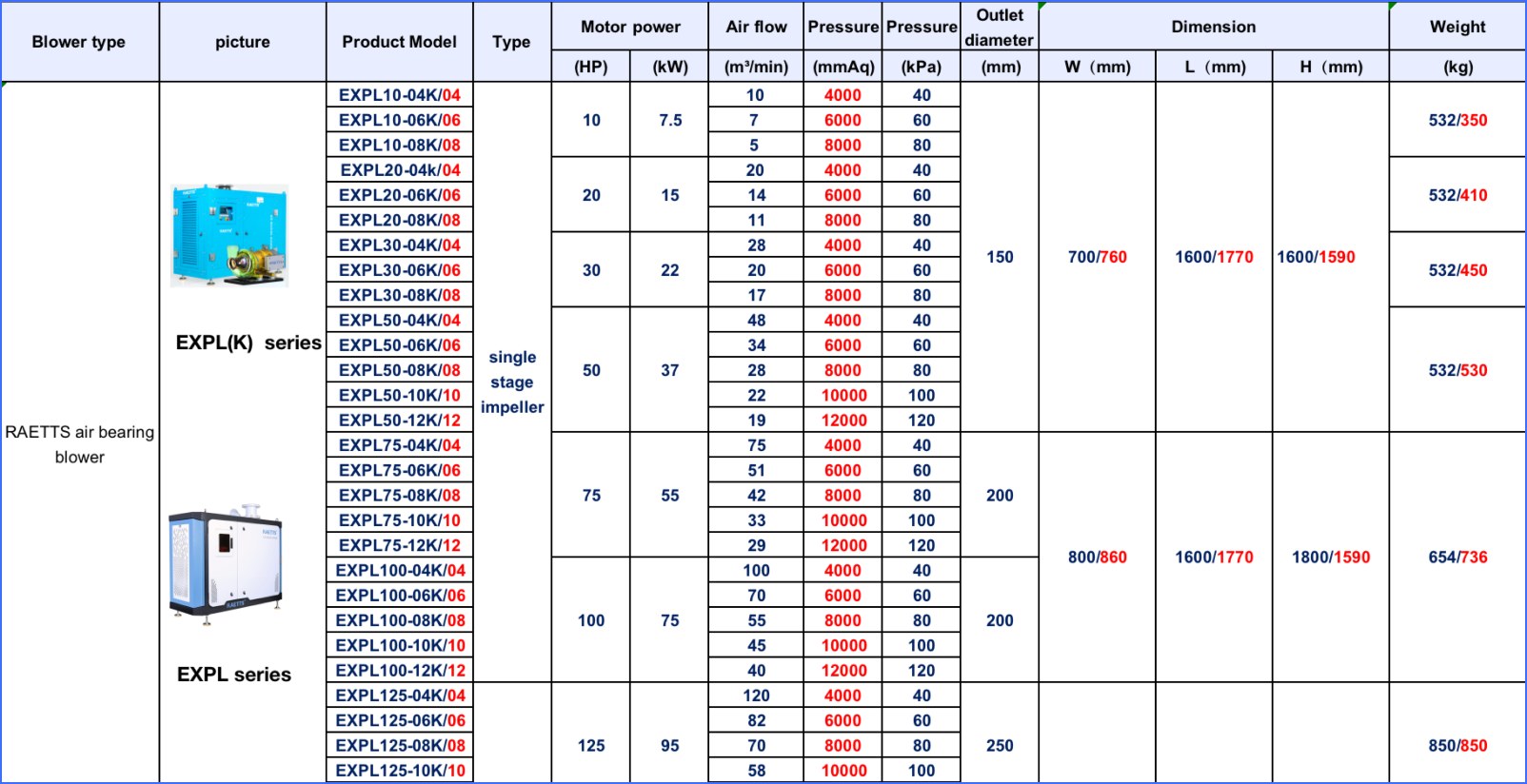
| Product name | leaf blower turbo |
| Keyword | Air Blower for Chemical and Petrochemical Industry,TURBO BLOWER AND COMPRESSOR,turbo air blower |
| Place of Origin | China |
| Feature | RAETTS air bearing turbo blower is a brand-new concept blower, which integrates the main core technologies such as “air suspension bearing”, “permanent magnet ultra-high-speed motor”, “high-precision aviation-grade impeller”, and creates a new era of ultra-high efficiency ,low noise and low energy consumption. |
| Dimensions | 768mm*800mm*800mm, (Contact us for specific information to confirm) |
| Applicable Industries | textile printing , etc. |
| Weight | 251kg |
| delivery date | the common delivery time will be 30-40 days. |
| terms of paymen | RAETTS accept payment by T/T(30% advance payment,70% before shipment) |
| Life span | 11 years (Contact us for specific information to confirm) |
| After-sale service | RAETTS warranty time for air bearing blower and maglev turbo blower is 24months,for high speed centrifugal blower is 12 months. |
| Advantage | We keep good quality and competitive price to ensure our customers benefit |
| Packing | 849x899x830mm(Contact us for specific information to confirm) |
| OEM/ODM | Customization Service Provided |
| Sales country | All over the world for example:Macedonia,Hungary,Juan de Nova Island,Kenya,Russia |
| MOQ | 8pcs(Contact us for specific information to confirm) |
| production capacity | production capacity RAETTS production quantity for air bearing blower and maglev turbo blower is about 200pcs/month,for high speed centrifugal blower is about 700pcs/month. |
| raw materials | RAETTS air blower impeller in made of aluminum alloy,enclosure material is carbon steel,rotor material is cast iron.If customers need other special materials,we can also customized according to customers requirements |
| technology | RAETTS air bearing blower technology is originated from South Korea and maglev turbo blower technology is originated from Germany.RAETTS also have R&D team from Xi’an Jiaotong University |
| quality system | RAETTS has quality management system certificate ISO9001:2015 and enviromental management system certificate ISO14001:2015 |

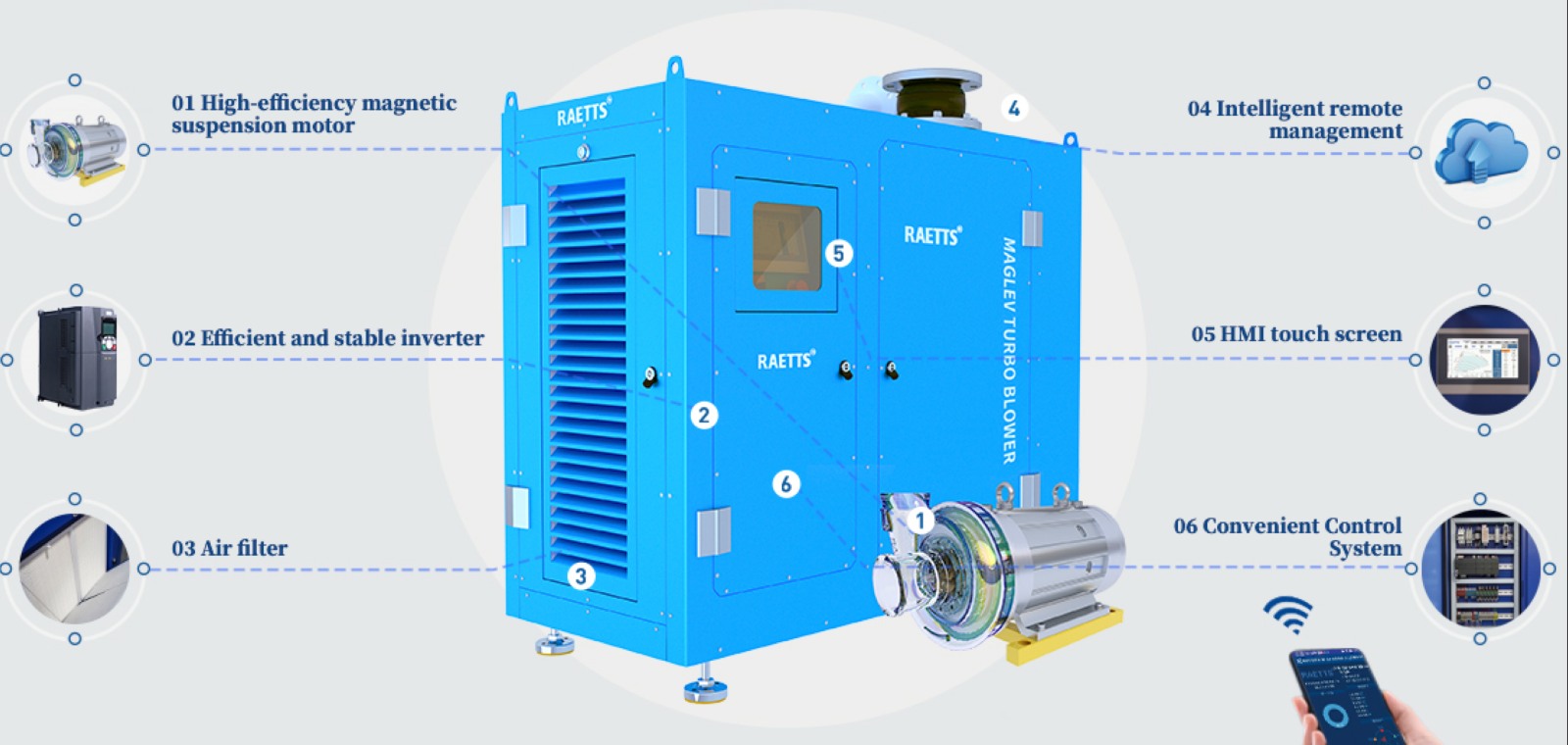
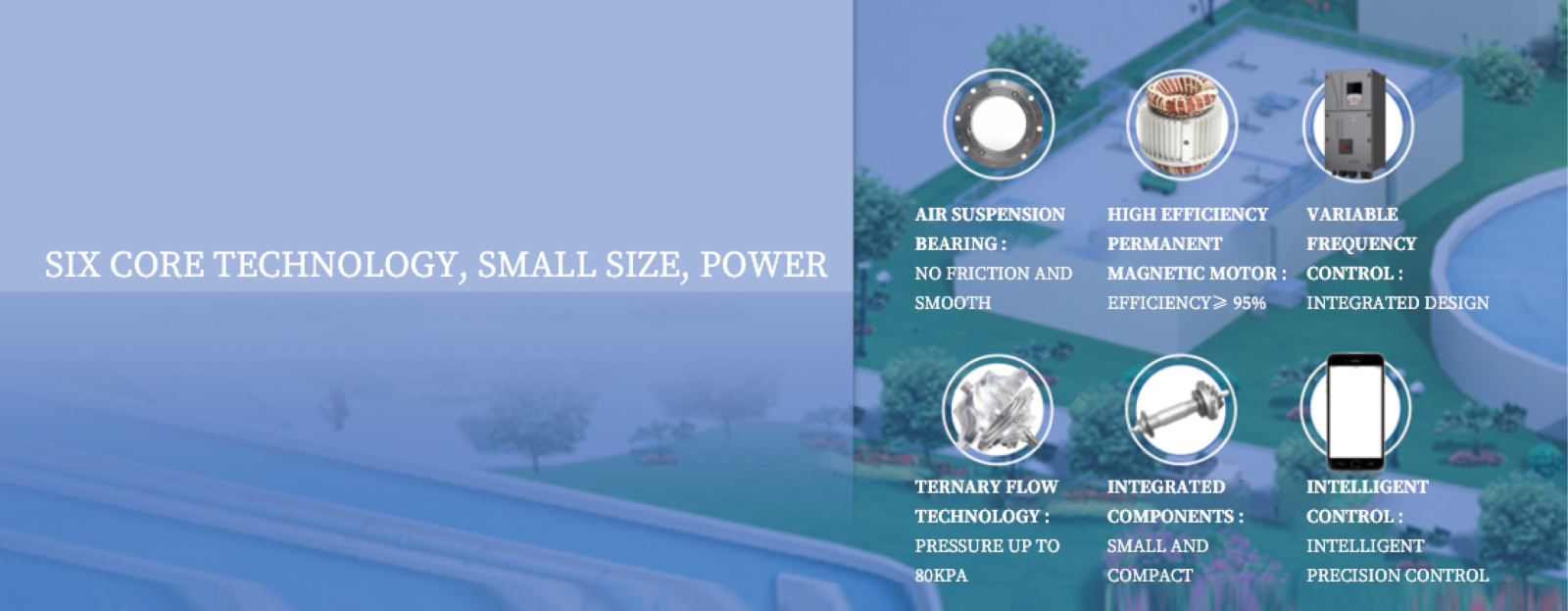
leaf blower turbo services FAQs Guide
Are you looking for a quick review guide about leaf blower turboservices?
An ultimate FAQ buying guide is available to help you.This guide contains all the information about all the important facts, figures, and various processes regarding leaf blower turbo services.
Let’s continue!
2.What are the Main Components of a Turbo Blower?
3.Are There Customizable Options Available for Turbo Blowers?
4.How Does a Turbo Blower Handle Varying Inlet Conditions?
5.How Does a Turbo Blower Ensure Oil-Free Operation?
6.What are the advantages of using an turbo leaf blower turbo?
7.What is the Overall Efficiency Rating of a Turbo Blower?
8.What Industries Benefit Most from Using Turbo Blowers?
9.Are There Different Sizes of Turbo Blowers Available?
10.What Are the Advantages of Choosing a High-Speed Turbo Blower?
11.About leaf blower turbo air blower origin
12.How does an leaf blower turbo work?
13.About the scale of leaf blower turbo factory
14.What is the Maximum Pressure and Flow Rate of a Turbo Blower?
1.What Types of Materials Can a Turbo Blower Handle?
We focus on teamwork and communication to achieve common goals, We attach great importance to this detail.
Turbo blowers are versatile machines that can handle a wide range of materials. Some of the most common materials that can be handled by a turbo blower include:
1. Air and gases: Turbo blowers are primarily used for moving air and gases in various industrial processes. They can handle a wide range of gases, including air, nitrogen, oxygen, and other inert gases.
2. Liquids: Turbo blowers can also handle liquids, such as water, oil, and other fluids. They are commonly used in wastewater treatment plants to aerate and mix liquids.
3. Solids: Turbo blowers can handle solid materials in the form of dust, powders, and granules. They are often used in pneumatic conveying systems to transport solid materials in industries such as food processing, pharmaceuticals, and chemical manufacturing.
4. Vapors: Turbo blowers can handle vapors and fumes from various industrial processes. They are commonly used in ventilation systems to remove harmful vapors and maintain a safe working environment.
5. Particulates: Turbo blowers can handle particulate matter, such as dust, dirt, and debris. They are often used in industrial cleaning applications to remove debris and maintain a clean working environment.
6. Fibrous materials: Turbo blowers can handle fibrous materials, such as paper, textiles, and wood fibers. They are commonly used in paper mills and textile factories to move and process these materials.
7. Corrosive materials: Turbo blowers can handle corrosive materials, such as acids and chemicals. They are often made from corrosion-resistant materials to withstand exposure to these substances.
It is important to note that the specific materials a turbo blower can handle may vary depending on its design and construction. It is always best to consult the manufacturer or a technical expert to determine if a turbo blower is suitable for a specific material.
2.What are the Main Components of a Turbo Blower?
Our leaf blower turbo products undergo strict quality control to ensure customer satisfaction.
1. Compressor: The compressor is the main component of a turbo blower and is responsible for compressing the air or gas that is being moved through the blower. It typically consists of a rotating impeller and a stationary diffuser.
2. Motor: The motor provides the power to drive the compressor and is usually an electric motor. The size and power of the motor will depend on the size and capacity of the turbo blower.
3. Inlet and Outlet: The inlet is where the air or gas enters the blower and the outlet is where it exits. These are usually designed to minimize turbulence and maximize efficiency.
4. Bearings: The bearings support the rotating shaft of the blower and allow it to spin smoothly. They are typically made of high-quality materials to withstand the high speeds and loads of the blower.
5. Control System: The control system is responsible for monitoring and regulating the speed and operation of the blower. It may include sensors, controllers, and other components to ensure optimal performance.
6. Cooling System: Turbo blowers generate a lot of heat during operation, so a cooling system is necessary to prevent overheating. This may include air or water cooling systems.
7. Housing: The housing or casing of the turbo blower encloses all the internal components and provides structural support. It is usually made of durable materials such as steel or aluminum.
8. Inlet Filter: An inlet filter is often used to remove any contaminants from the air or gas before it enters the blower. This helps to protect the internal components and maintain efficiency.
9. Sound Attenuator: Turbo blowers can be quite loud, so a sound attenuator is often used to reduce the noise level. This may be in the form of a silencer or other noise-reducing device.
10. Vibration Isolators: Vibration isolators are used to reduce the transmission of vibrations from the blower to its surroundings. This helps to minimize noise and prevent damage to nearby equipment.
3.Are There Customizable Options Available for Turbo Blowers?
Being one of the top leaf blower turbo manufacturers in China, We attach great importance to this detail.
Yes, there are customizable options available for turbo blowers. Some of the common customizable options include:
1. Motor Size: The motor size can be customized to meet specific power requirements and operating conditions.
2. Impeller Size and Design: The impeller size and design can be customized to achieve the desired flow rate and pressure.
3. Material of Construction: The material of construction can be customized to suit the application and environment. For example, stainless steel or corrosion-resistant coatings can be used for applications in corrosive environments.
4. Inlet and Outlet Configurations: The inlet and outlet configurations can be customized to fit the existing piping system or to optimize the flow pattern.
5. Control System: The control system can be customized to include features such as variable speed drives, remote monitoring, and automation.
6. Sound Attenuation: Sound attenuation options can be added to reduce the noise level of the turbo blower.
7. Mounting Options: The mounting options can be customized to fit the available space and installation requirements.
8. Accessories: Various accessories such as filters, silencers, and dampers can be added to the turbo blower to enhance its performance and efficiency.
It is important to consult with the manufacturer or supplier to discuss the specific customization options available for a particular turbo blower model.
4.How Does a Turbo Blower Handle Varying Inlet Conditions?
We maintain a certain amount of R&D investment every year and continuously improve operational efficiency to provide better services to our cooperative customers.
A turbo blower is designed to handle varying inlet conditions by adjusting its speed and flow rate to maintain a constant pressure at the outlet. This is achieved through the use of a variable frequency drive (VFD) which controls the speed of the blower motor.
When the inlet conditions change, such as an increase or decrease in air flow or pressure, the VFD will adjust the speed of the blower to maintain a constant pressure at the outlet. This is done by monitoring the pressure at the outlet and adjusting the speed of the blower accordingly.
In addition, turbo blowers are equipped with inlet guide vanes (IGVs) which can be adjusted to control the amount of air entering the blower. This allows the blower to handle varying inlet conditions without overloading the motor or causing damage to the blower.
Furthermore, some turbo blowers are equipped with advanced control systems that can automatically adjust the speed and flow rate based on the inlet conditions, ensuring optimal performance and energy efficiency.
Overall, a turbo blower is able to handle varying inlet conditions by continuously adjusting its speed and flow rate to maintain a constant pressure at the outlet, while also utilizing inlet guide vanes and advanced control systems for optimal performance.
5.How Does a Turbo Blower Ensure Oil-Free Operation?
We pay attention to user experience and product quality, and provide the best product quality and lowest production cost for cooperative customers.
A turbo blower ensures oil-free operation through its design and construction, as well as through the use of specialized components and systems.
1. Oil-Free Design: Turbo blowers are designed to operate without the need for oil lubrication. This means that all the moving parts, such as the impeller and bearings, are designed to function without the use of oil. This eliminates the risk of oil contamination in the air stream.
2. Magnetic Bearings: Turbo blowers use magnetic bearings instead of traditional oil-lubricated bearings. These bearings use magnetic fields to levitate and support the rotating shaft, eliminating the need for oil lubrication. This also reduces friction and wear, resulting in longer service life and improved efficiency.
3. Air Cooling: Turbo blowers use air cooling instead of oil cooling. This means that the blower is cooled by the surrounding air, rather than by circulating oil. This eliminates the risk of oil leaks and contamination.
4. Sealed Enclosure: Turbo blowers are enclosed in a sealed housing, which prevents any oil from escaping into the air stream. This ensures that the air being delivered is completely oil-free.
5. Oil-Free Seals: The seals used in turbo blowers are specially designed to be oil-free. This prevents any oil from leaking into the air stream and ensures that the air being delivered is completely oil-free.
6. Oil-Free Filtration: Turbo blowers use specialized oil-free filtration systems to remove any oil or contaminants from the air stream. This ensures that the air being delivered is clean and oil-free.
Overall, the combination of these design features and specialized components ensures that a turbo blower operates without the need for oil lubrication, resulting in completely oil-free operation. This is essential for applications where oil contamination is not acceptable, such as in food and beverage production, pharmaceutical manufacturing, and electronics production.
6.What are the advantages of using an turbo leaf blower turbo?
Comparing with tradition roots blowers,single-stage blowers and multi-stage blowers,turbo blowers effciency is 20%-30% higher,which means using an turbo air blower can help customer to save about 20-30% energy,and then reduce the eletric cost.
7.What is the Overall Efficiency Rating of a Turbo Blower?
We are a new leaf blower turbo manufacturer.
The overall efficiency rating of a turbo blower can vary depending on the specific model and manufacturer. However, on average, turbo blowers have an overall efficiency rating of around 70-80%. This means that for every 100 units of energy input, the turbo blower can produce 70-80 units of output energy. Factors such as design, size, and operating conditions can also affect the efficiency of a turbo blower.
8.What Industries Benefit Most from Using Turbo Blowers?
We focus on our customers’ needs and strive to meet their expectations, so we take this very seriously.
1. Wastewater Treatment: Turbo blowers are commonly used in wastewater treatment plants for aeration and mixing processes. They provide high air flow rates and energy efficiency, making them ideal for this industry.
2. Chemical Processing: Turbo blowers are used in chemical processing plants for various applications such as air agitation, gas compression, and vacuum generation. They are preferred for their high reliability and low maintenance requirements.
3. Power Generation: Turbo blowers are used in power plants for combustion air supply, cooling, and ventilation. They are also used in gas turbine power plants for air compression.
4. Food and Beverage: Turbo blowers are used in the food and beverage industry for aeration, cooling, and drying processes. They are also used for pneumatic conveying of food products.
5. Pulp and Paper: Turbo blowers are used in the pulp and paper industry for aeration, ventilation, and drying processes. They are also used for paper machine vacuum systems.
6. Mining: Turbo blowers are used in the mining industry for ventilation, dust control, and pneumatic conveying of materials. They are preferred for their high efficiency and low maintenance requirements.
7. Oil and Gas: Turbo blowers are used in the oil and gas industry for gas compression, vapor recovery, and flare gas recovery. They are also used for pneumatic conveying of materials in refineries and petrochemical plants.
8. Pharmaceutical: Turbo blowers are used in the pharmaceutical industry for air agitation, drying, and sterilization processes. They are preferred for their high purity and low noise levels.
9. Textile: Turbo blowers are used in the textile industry for air supply in spinning, weaving, and dyeing processes. They are also used for pneumatic conveying of fibers and fabrics.
10. Aquaculture: Turbo blowers are used in aquaculture for aeration and oxygenation of water in fish and shrimp farms. They are preferred for their energy efficiency and low noise levels.
9.Are There Different Sizes of Turbo Blowers Available?
We have a first -class management team, and we pay attention to teamwork to achieve common goals.
Yes, there are different sizes of turbo blowers available. The size of a turbo blower is typically determined by its flow rate and pressure capabilities. Some common sizes of turbo blowers include:
1. Small turbo blowers: These are typically used for low flow rate and low pressure applications, such as in small wastewater treatment plants or for aeration in fish tanks. They can have flow rates of up to 500 cubic feet per minute (CFM) and pressure capabilities of up to 10 pounds per square inch (psi).
2. Medium turbo blowers: These are used for medium flow rate and pressure applications, such as in medium-sized wastewater treatment plants or for pneumatic conveying systems. They can have flow rates of up to 2,000 CFM and pressure capabilities of up to 20 psi.
3. Large turbo blowers: These are used for high flow rate and pressure applications, such as in large wastewater treatment plants or for industrial processes. They can have flow rates of up to 10,000 CFM and pressure capabilities of up to 30 psi.
The size of a turbo blower can also vary depending on the manufacturer and specific model. It is important to select the right size of turbo blower for your specific application to ensure optimal performance and efficiency.
10.What Are the Advantages of Choosing a High-Speed Turbo Blower?
We have the leading technology and innovation capabilities, and attach importance to employee training and development, and provide promotion opportunities.
1. Energy Efficiency: High-speed turbo blowers are designed to operate at high speeds, which results in higher energy efficiency compared to traditional blowers. This means lower energy consumption and cost savings for the user.
2. Compact Size: High-speed turbo blowers are smaller in size compared to traditional blowers, making them ideal for applications where space is limited. This also makes them easier to install and maintain.
3. Low Noise Levels: High-speed turbo blowers operate at a much lower noise level compared to traditional blowers, making them suitable for use in noise-sensitive environments.
4. Low Maintenance: High-speed turbo blowers have fewer moving parts compared to traditional blowers, resulting in lower maintenance requirements and costs.
5. Wide Operating Range: High-speed turbo blowers have a wide operating range, allowing them to maintain a consistent flow and pressure even when there are fluctuations in demand.
6. Durability: High-speed turbo blowers are designed to be highly durable and have a longer lifespan compared to traditional blowers, resulting in lower replacement and maintenance costs.
7. Flexibility: High-speed turbo blowers can be used for a variety of applications, including aeration, ventilation, and pneumatic conveying, making them a versatile choice for different industries.
8. Environmentally Friendly: High-speed turbo blowers are designed to be environmentally friendly, with lower emissions and energy consumption compared to traditional blowers.
9. Faster Start-Up Time: High-speed turbo blowers have a faster start-up time compared to traditional blowers, allowing for quicker response to changes in demand.
10. Advanced Control Options: High-speed turbo blowers come with advanced control options, such as variable frequency drives, allowing for precise control of air flow and pressure. This results in better process control and energy savings.
11.About leaf blower turbo air blower origin
RAETTS air blower is made in China and made in Germany,we have factory both in China and Germany.
12.How does an leaf blower turbo work?
The main structure of the air blower is including motor,shaft,bearing and impeller.When the motor is running,it will drive the shaft to run,then shaft drive bearing to run,then bearing drive the impeller to run.After the impeller runs,it will generate a vacuum area surrounding the impeller and suck the surrounding air inside.Then the air will be compressed by the impeller and discharged outside.
13.About the scale of leaf blower turbo factory
For now,RAETTS has 3 factory:
Ganzhou standard product production base:30000m2;
Dongguan R&D product production base:20000m2;
Germany production base:2000m2;
14.What is the Maximum Pressure and Flow Rate of a Turbo Blower?
We should have a stable supply chain and logistics capabilities, and provide customers with high -quality, low -priced leaf blower turbo products.
The maximum pressure and flow rate of a turbo blower can vary depending on the specific model and manufacturer. However, in general, turbo blowers can achieve pressures up to 15 psi (1 bar) and flow rates up to 10,000 cubic feet per minute (cfm) (283 cubic meters per minute). Some high-performance turbo blowers may be able to achieve even higher pressures and flow rates. It is important to consult the manufacturer’s specifications for the specific turbo blower being used to determine its maximum pressure and flow rate capabilities.
Tag:blower,airfoil blowers,Blower for hot-dip galvanized,Sewage Treatment Plant blower,Centrifugal Blower For Paper Making,Pneumatic conveying centrifugal blowers

